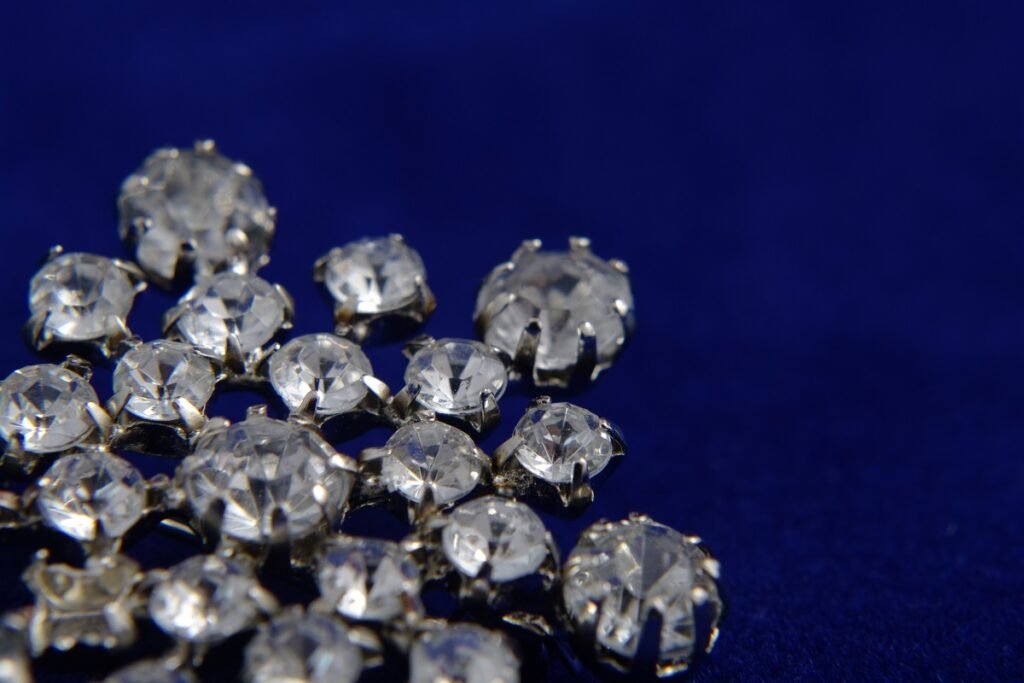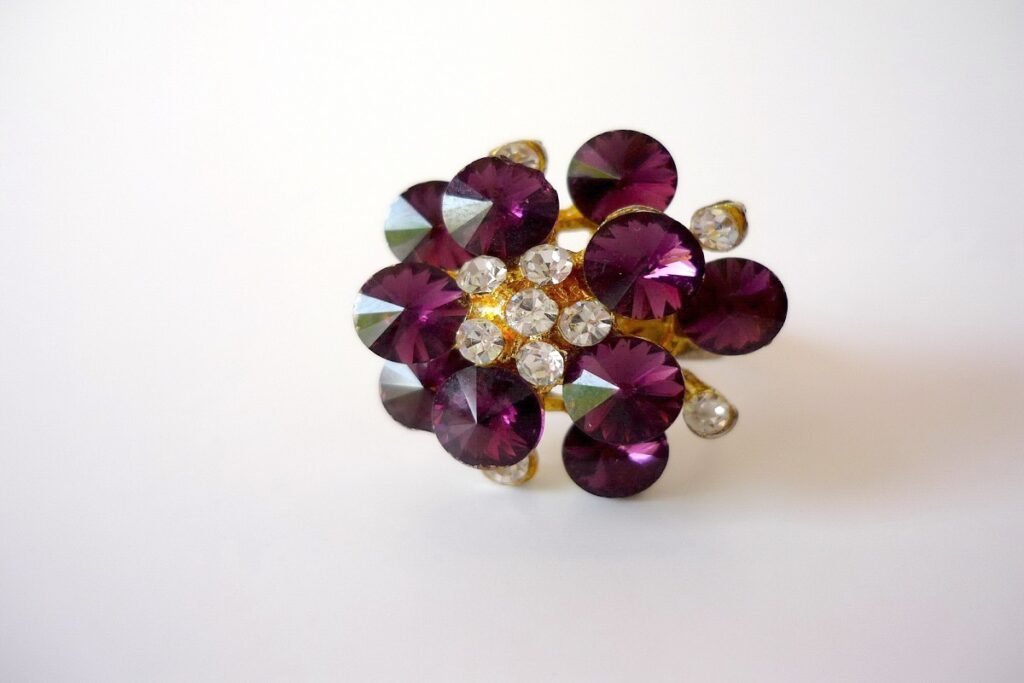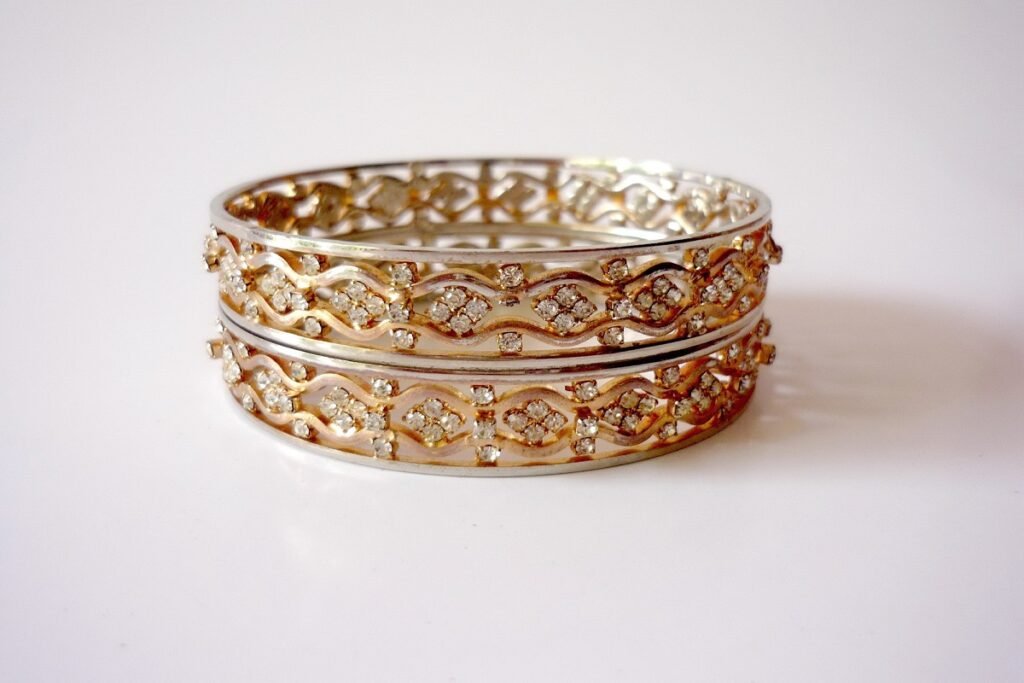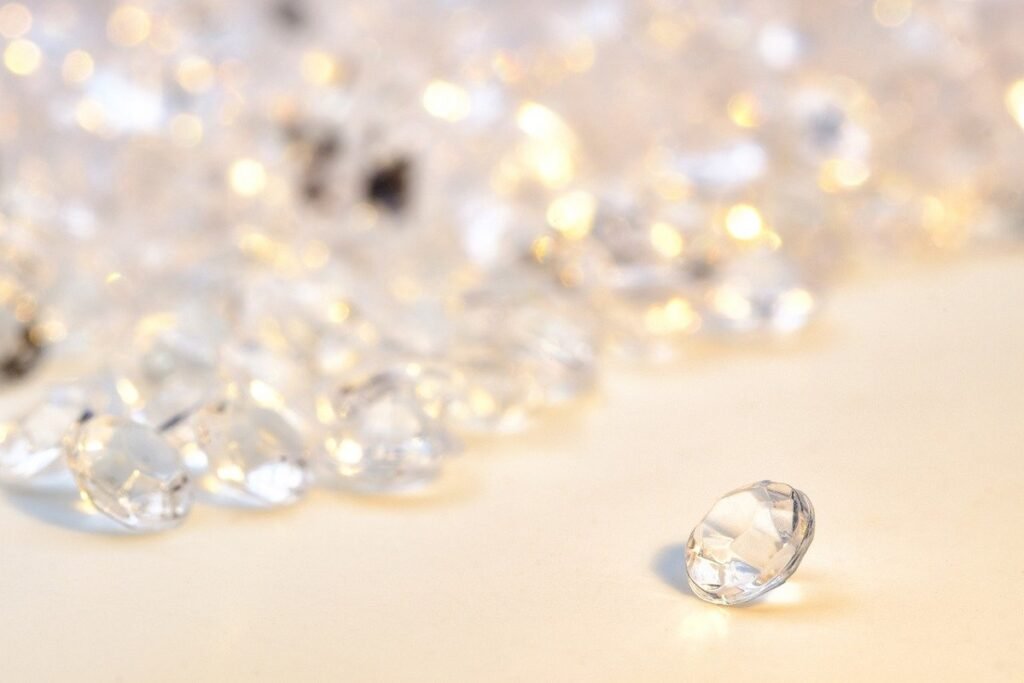It’s exciting to go out jewelry shopping. Some buyers tend to focus on finding the best cut, or the best-looking arrangement on a finished jewelry piece. Others tend to be more concerned with the diamond’s overall worth.
If you are the latter type of jewelry hunter, you may want to know more about diamond certifications. Specifically, it’s important to understand the AGS certification, which is one of the more known diamond certifying-bodies.

AGS Diamond Certification
In general, most diamonds receive certification from trusted gemological laboratories. There are but a handful of these all over the world. While they each have their own specifications when it comes to reports, the standards that they adhere to more or less jive with those of world-class labs.
The Basics of AGS
Many trusted sellers would opt to choose from the top labs all over the world, including the GIA, HRD, IGI, and AGS. For most buyers, the certification serves as the icing on the cake. Rarely do jewelry buyers look at the certification first before buying a diamond ring or any fine jewelry. If you happen to come across an AGS-certified diamond, it helps to know what kind of certification you are looking at.
What is AGS rating?
AGS stands for the American Gem Society, a gemological institute that has been in the industry since 1943. AGS was formed with a noble goal: to combat false price points and overt falsification of advertised prices of diamonds. Additionally, it wanted to rid the industry of fraud diamonds circulating in the market.
In 1996, it established a laboratory that is focused on providing grading and certification services for diamonds. Despite the popularity of GIA, AGS holds the record for being the first institute to have and follow a grading system for diamond cuts.
It has earned a reputation for being a trusted grading lab as it continued to expand its services. To date, the AGS provides not only grading services, but also expands consumers’ knowledge of gemstones. Information remains key even in the diamond industry. The perfect way to do this would be to provide standard-level information to consumers.
What does AGS certified mean?
An AGS certification means experts have looked at four aspects of a diamond. When measuring the carat weight, AGS follows a third-decimal measurement for this weight. Its experts use the digital carat scale to ascertain the physical size of a diamond. AGS explores diamond color through a grading comparison against master stones. These master stones determine which criteria new gemstones fall into.
Cut comes in as the third criteria, and this is measured via a specialized AGS Performance-Based Cut Grading System. Using this system, AGS diamond experts recreate a 3D model of the diamond. Using this model, they can examine aspects of brightness, diamond fire, brilliance, contrast, and light leakage.
The cut criteria also considers the diamond’s proportions. Each part of the diamond needs to be considered in the AGS certification. Jewelers prefer certain cuts, such as a thin girdle or more symmetrical reflections from facets. It’s easy to neglect these aspects because some buyers may believe that as long as a diamond looks good, it must be worth its price.
What’s in an AGS certification report?
It’s easy to find samples of AGS certification reports online. This report shows how prolific AGS is when it comes to servicing clients for their grading needs. What makes its report valuable are the various information it includes for consumers’ knowledge.

For starters, one can see that the report is up-to-date, as the full report contains the date of assessment. Pertinent basic information, including the 4Cs may be the first things that catch consumers’ eye. The report also includes a three-dimensional diagram of the diamond. This diagram reflects the gem’s proportions, as well as the faceting style.
Novice jewelry buyers who may not be familiar with the different grading criteria may benefit from the included standards chart at the bottom of the report. This reflects the entire spectrum for each criterion. In this way, the jewelry buyer can see where one’s jewelry falls in terms of quality per criterion.
Comparing Ratings: GIA, IGI, HRD, and AGS
Since there are a number of diamond-certifying bodies and institutions, some may feel that it’s harrowing to decide which one to get. After all, if you’d want to ensure that you are getting your money’s worth with your diamond, the best and most official way to do so would be to have it recorded on paper.
AGS vs GIA
Given the reputation of the two institutions, a big question that customers ask is, “Is AGS as good as GIA?” Its prolific reputation has made GIA hold quite the sway on individuals in terms of choosing certifications based on name popularity alone. Of course, GIA has already shown its expertise in many aspects, starting with the creation of the 4Cs as a firm criteria for judging diamond value.
But when it comes to AGS certification vs GIA, veteran jewelry collectors do not immediately turn away from AGS for certifications. In fact, some sources claim that more recent grading reports appear to show consistencies for GIA. Like in other industries, it is not surprising to see some dips in quality, especially in an expanding entity like GIA.
Challengers like the AGS may shine in some aspects, such as polishing their grading processes for diamonds with lower clarity grades. Additionally, AGS seems to be improving its methods by grounding it even more on scientific approaches, such as light performance and proportion-based approaches. This makes for more accurate assessments, contributing to the growing fanbase of AGS as a grading institute.

AGS vs HRD
If recent quality separates AGS from the supposed gold standard GIA, then location may be the deciding factor when choosing between AGS and HRD. The latter has always resonated with the European market where it dominates.
This means that if you are planning to buy a diamond in Europe, there’s a big chance you will receive one that has an HRD certification. Reports of fewer HRD certification compared to the giant GIA may be warranted. However, some jewelry collectors still attest to HRD certification, but they may be located in the European states.
An advantage of this over AGS is its proximity to diamond mines. Thus, buying a diamond that has already been certified by HRD will likely yield a different result from AGS. But buyers should keep in mind that grading is quite a subjective process in the first place. Even though both institutes make use of the latest technology to ascertain proper assessment, they still end up also tapping human jewelry experts to discern some of the criteria. Differences in perception may easily be reflected in the differences in reports.
It may be a matter of asking, “How do you get AGS?” for certification, if you are in a European country. If you are, then you may end up finding a more expansive choice of diamonds and fine jewelry that have been graded by the HRD.
AGS vs IGI
Finally, some collectors may also put the International Gemological Institute or IGS on their list of trusted labs next to AGS. IGI also hails from Antwerp, Belgium. Because of this, IGI may hold more prominence in the territory and beyond, as they are also recognized to come close to GIA in terms of grading and report quality.
IGI’s reach also expands to Asia and even has headquarters in New York, giving a more prominent reach in the United States. This is a far cry from the localized appeal that HRD holds over diamond grading. In comparison, AGS also boasts not only an American territory, but also key parts of China, Belgium, and India.
As far as AGS certification cost, some jewelers find it to be a worthy expense because of its expert assessment for cut quality. According to Beyond 4Cs, this may be due to the use of optical ray-tracing technology in their assessment. This process involves measuring the light penetration and play in diamonds, which can reveal faceting ideals or flaws. This superiority in cut grading sometimes makes AGS the top choice for grading ideally cut diamonds, as that may put the value to a more enticing grading.
Bottom line: What to Look For In Certifications?
More than the institute of your choice, you may want to consider other aspects that can affect your preferred grading lab. Remember, it still boils down to the quality of the diamond you have, the importance you give to certifications, and the accessibility of the grading lab.

What’s in a grading lab’s name?
A common misconception or preference may be the tendency to buy a diamond based on the lab grading institute. The comfort of seeing top-grade labs may give the assurance that the diamond’s value is superb. While there may be benefits to choosing a lab, it’s not so much in the name, but rather in what you may also want in a certificate.
For instance, while AGS is hailed head-to-head against IGI, the latter may be more advantageous for lab-grown diamond owners. According to diamond experts, IGI’s grading system for diamonds ranks best among all grading labs so far. They based this decision on the numerous diamond certifications for IGI. More certifications in the market strengthens the integrity of a certification institute, especially for specific diamonds.
What’s your plan for your gem?
Unless your diamond already comes pre-certified, you may want to ask: what do you need the certification for? Certainly, it’s better to have certified jewelry. This comes in handy for diamond owners who want their jewelry ready for resale, if they need it.
Others want the certification just to know the true value of the diamond. This also becomes a crossroads for choosing the certifying institute. For instance, GIA remains top-notch for natural loose diamonds. But if you’re looking to have a finished jewelry appraised, you may want to do some scouting on which lab best fits your needs.
Bottom line here is this: ask yourself what the certification will mean for you before jumping the appraisal. Because there are some jewelry owners who do not mind certifications, especially for gifted jewelry. If it’s likely to stay with you as an everyday wear piece, you may want to spend the certification budget for something else.

What’s the Easiest Route to Getting a Diamond Certification?
Each certifying institute follows its own process and method when examining diamonds. You may want to consider other factors like the convenience of getting the certification. For those who want a more globally-renowned certification, a GIA and an AGS certification may be your best bet. They cater to many different locations and are easily recognized.
Specialized labs like the IGI may be a further shot, but it does its due diligence for lab-grown and finished jewelry certifications. These deliberations may help when getting your jewelry certified.
For some veteran jewelers, the easiest route is always to buy jewelry that has already been pre-certified. Usually, this entails opting for trusted diamond sellers. Most reputable sellers would already pre-certify their gemstones, so customers can feel assured that they know their diamond’s value before purchase.
Learn more about diamond proportions, to understand certifications better, “Finding the Perfect Rock: All About Perfect Diamond Proportion.”
